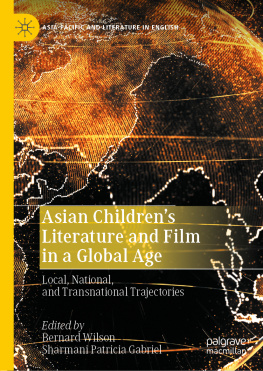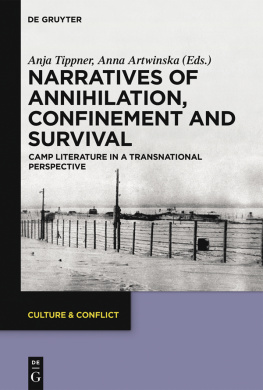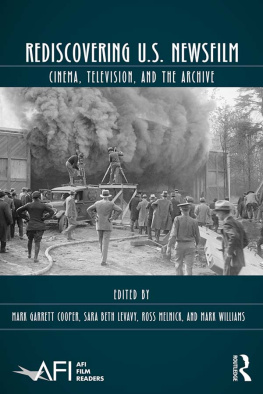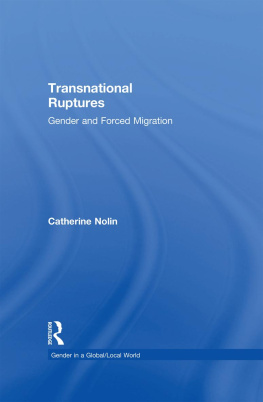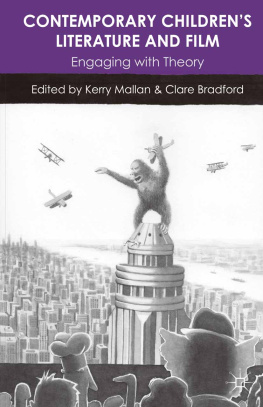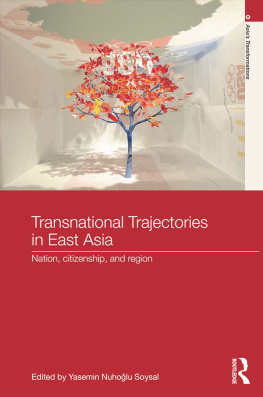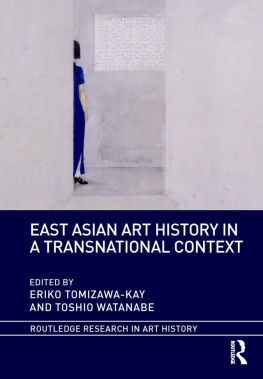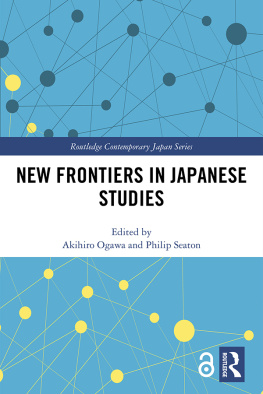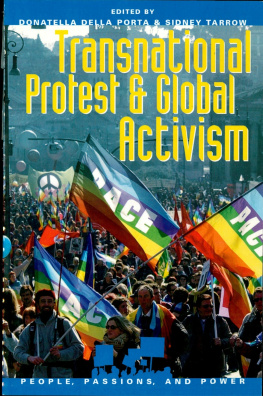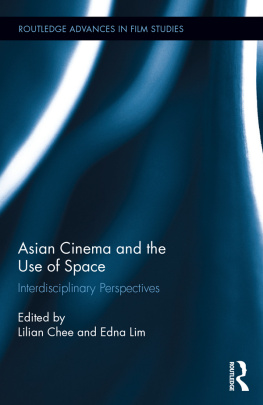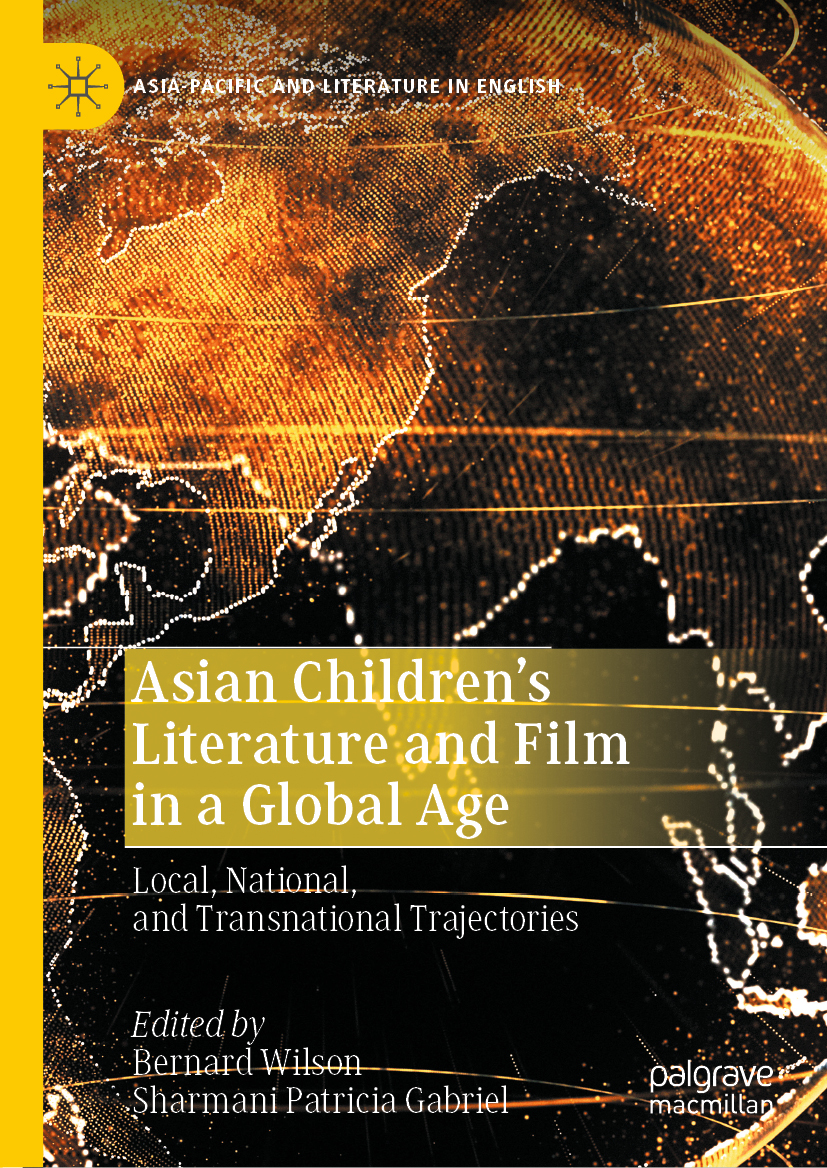Asia-Pacific and Literature in English
Series Editors
Shun-liang Chao
National Chengchi University, Taipei, Taiwan
Steve Clark
University of Tokyo, Bunkyo-ku, Tokyo, Japan
Tristanne Connolly
St. Jeromes University, Waterloo, ON, Canada
Alex Watson
Meiji University, Tokyo, Aichi, Japan
Laurence Williams
Department of English Studies, Sophia University, Tokyo, Japan
The Palgrave Asia-Pacific and Literature in English series presents exciting and innovative academic research on Asia-Pacific interactions with Anglophone literary tradition. Focusing on works from the voyages of Captain Cook to the early twentieth century, it also considers previous encounters in the early modern period, as well as reception history continuing to the present day. Encompassing China, Japan, Southeast Asia, India, and Australasia, monographs and essay collections in this series display the complexity, richness and global influence of Asia-Pacific responses to English literature, focusing on works in English but also considering those from other linguistic traditions. The series addresses the imperial and colonial origins of English language and literature in the region, and highlights other forms of reciprocal encounter, circulation, and mutual transformation, as part of an interdependent global history.
More information about this series at http://www.palgrave.com/gp/series/16211
Editors
Bernard Wilson and Sharmani Patricia Gabriel
Asian Childrens Literature and Film in a Global Age
Local, National, and Transnational Trajectories
Editors
Bernard Wilson
Tokyo, Japan
Sharmani Patricia Gabriel
Kuala Lumpur, Malaysia
ISSN 2524-7638 e-ISSN 2524-7646
Asia-Pacific and Literature in English
ISBN 978-981-15-2630-5 e-ISBN 978-981-15-2631-2
https://doi.org/10.1007/978-981-15-2631-2
The Editor(s) (if applicable) and The Author(s) 2020
This work is subject to copyright. All rights are solely and exclusively licensed by the Publisher, whether the whole or part of the material is concerned, specifically the rights of translation, reprinting, reuse of illustrations, recitation, broadcasting, reproduction on microfilms or in any other physical way, and transmission or information storage and retrieval, electronic adaptation, computer software, or by similar or dissimilar methodology now known or hereafter developed.
The use of general descriptive names, registered names, trademarks, service marks, etc. in this publication does not imply, even in the absence of a specific statement, that such names are exempt from the relevant protective laws and regulations and therefore free for general use.
The publisher, the authors and the editors are safe to assume that the advice and information in this book are believed to be true and accurate at the date of publication. Neither the publisher nor the authors or the editors give a warranty, expressed or implied, with respect to the material contained herein or for any errors or omissions that may have been made. The publisher remains neutral with regard to jurisdictional claims in published maps and institutional affiliations.
Cover credit: Photographer is my life
This Palgrave Macmillan imprint is published by the registered company Springer Nature Singapore Pte Ltd.
The registered company address is: 152 Beach Road, #21-01/04 Gateway East, Singapore 189721, Singapore
To children and the tales they inspire
but most especially to Sam, Ellie, Sophie, Evie, Eric and Eshward
Foreword
Asian Childrens Literature and Film in a Global Ageis both welcome and timely, and I am delighted to have been invited to introduce this collection, which has a significant role to play in furthering knowledge about international childrens literature and an understanding of the place of diversity in childrens literature and film. The impact of major cultural movements in the West during the 1960s and 1970s, especially the rise of multicultural ideologies and the challenge to entrenched gender hierarchies, produced a continuing demand for greater diversity in childrens literature. This demand has been primarily focused on representation and intersections of culture, race, ethnicity, gender and class. However, it has not, over the past six or seven decades, nurtured an openness to international literature. In their Introduction, Sharmani Patricia Gabriel and Bernard Wilson make the important point that neither the creative works which are the focus of the following chapters nor the critical exploration of them is to be read within the frameworks of Western multicultural theories. To do so would be to (re-)situate them within self-other binaries premised on essentialist attitudes to cultural otherness which pervasively undermine multicultural literatures. Childrens literature and its associated scholarship are apt to be localeven parochialin their reach, and what is generally accepted as multicultural literature (as distinct from international literature, which receives less attention) is apt to be vaguely conceived. This vagueness exists because there is no international consensus as to what the conceptmulticulturalembraces, so that it has distinct meanings in those countries which recognise multiculturalism as a matter of social policy or social practice and therefore has distinct meanings in the childrens literature of those countries.
In the USA, multiculturalism signifies across a wide spectrum from a narrow sense that it aspires to erase the inequality experienced by people of colour, such as African Americans, Asian Americans and Latino/a communities, to a wide sense whereby it embraces all minority groups, regardless of the particular demographic characteristics that define them (Agosto, Hughes-Hassell and Gilmore-Clough 2003, 260). According to this position, to define multiculturalism only in terms of racial identity disregards other marginalised groups, but there is a risk of over-simplification in that within the broad context theofficialrecognition of minority cultures is far from a settled national objective (Citrin et al. 2001, 250) and may be regarded as a phase preceding cultural integration. What constitutes multiculturalism is always in part determined by social forces in motion during the period of its emergence. In the case of the USA, this is the Civil Rights Movement with its strong concerns with race and equality. In Britain, in contrast, the process began to appear following World War 2, when the remaking of the British nation and state during decolonisation both gave rise to and conditioned British multiculturalism (Ashcroft and Bevir 2018, 2). Contemporary debates about multiculturalism involve modes of dress, language policy, race relations, religious freedom, education policy, court procedure and immigration, a heady mix. At the end of the twentieth century, British multiculturalism was undergoing a period of re-evaluation and official support for multicultural policy seemed to be waning. Ashcroft and Bevir speculate that what they identify as a rhetorical shift in the discourse of multiculturalism may well translate into a full-scale retreat at the level of policy and law (2018, 2). A further contrast is afforded by Australia, where multiculturalism was a product of massive migration from Europe after World War 2 and became official government policy in 1972. Ethnicity is here the key defining factor, but people of colour are not central since at that time ethnic minorities were made up mostly of migrants from Europe, especially Italians and Greeks. Thus when multicultural childrens literature developed through the 1970s it mostly dealt with Italians and Greeks, and it was not until the early 1990s that writers began locating perspective within the point of view of minority characters rather than positioning them as secondary and subordinate. Within a few years of the twenty-first century, however, Australia had entered a post-multicultural phase, and multicultural childrens literature was no longer produced (Stephens and McCallum 2009, 133134).

